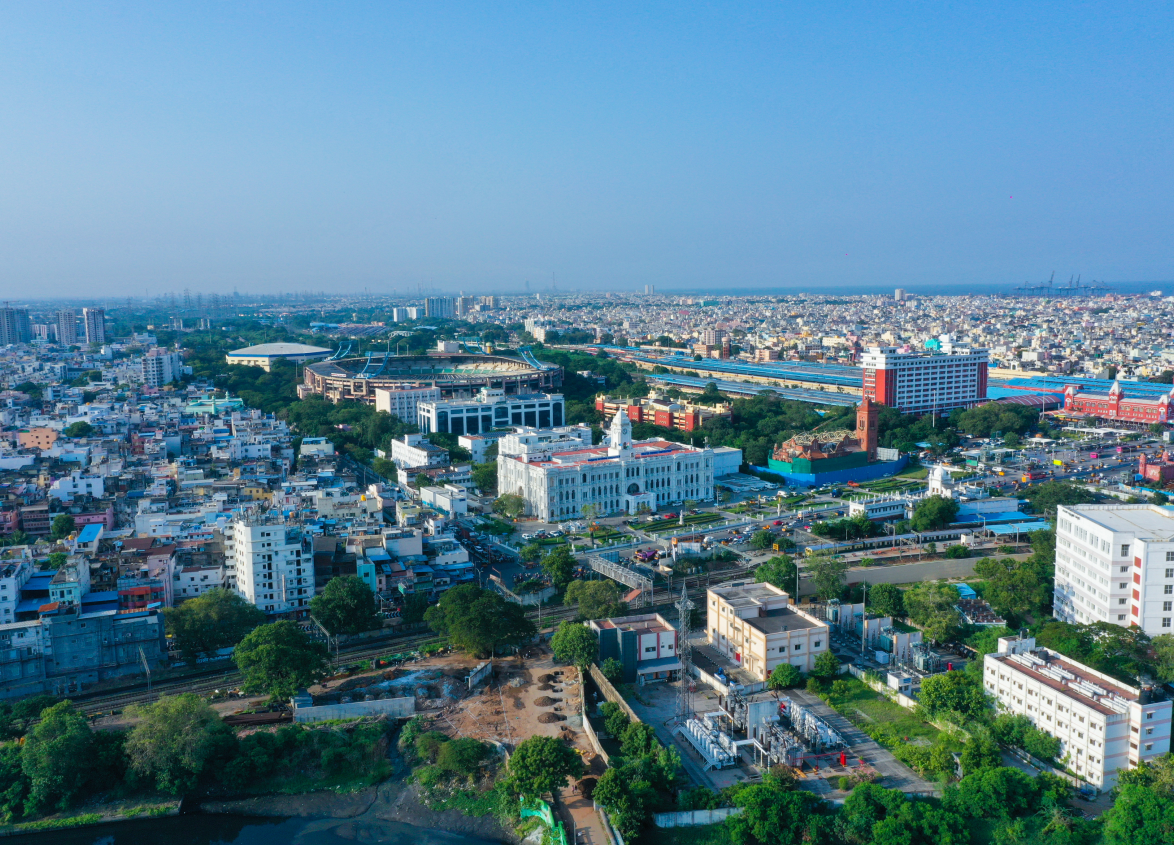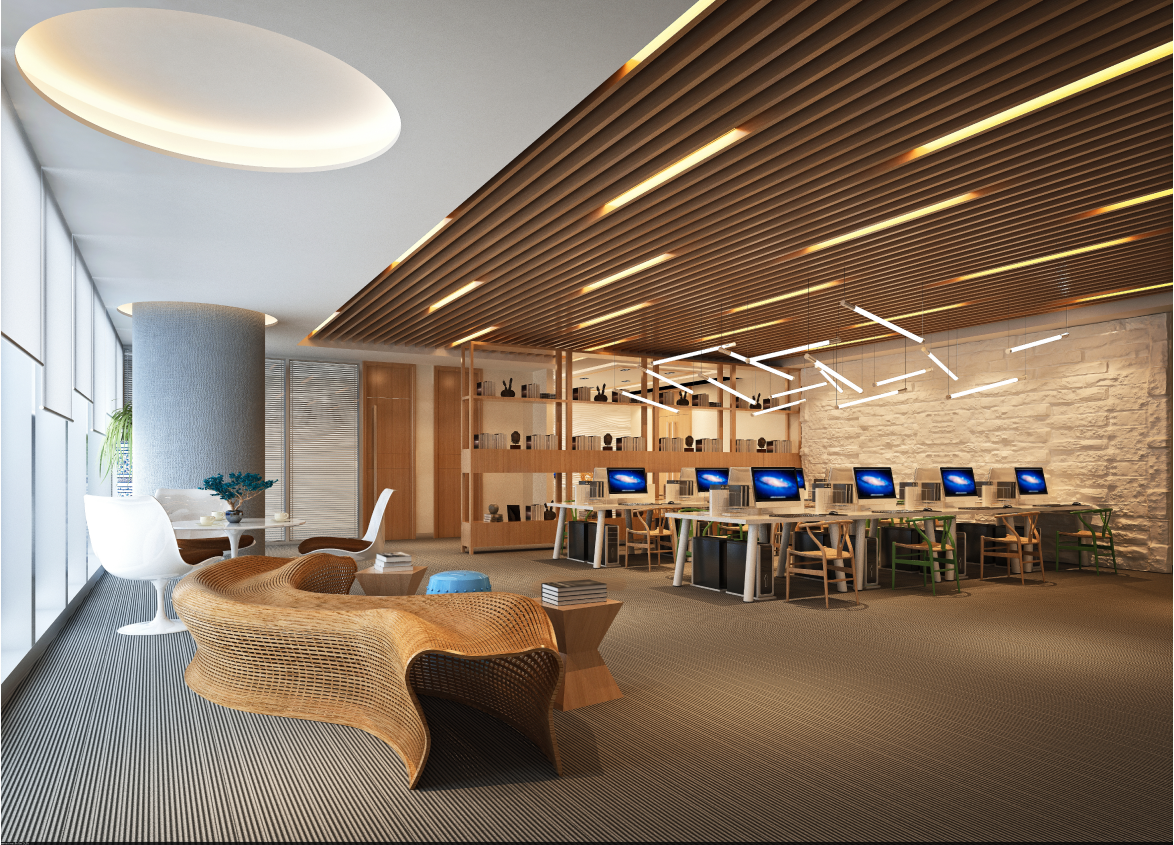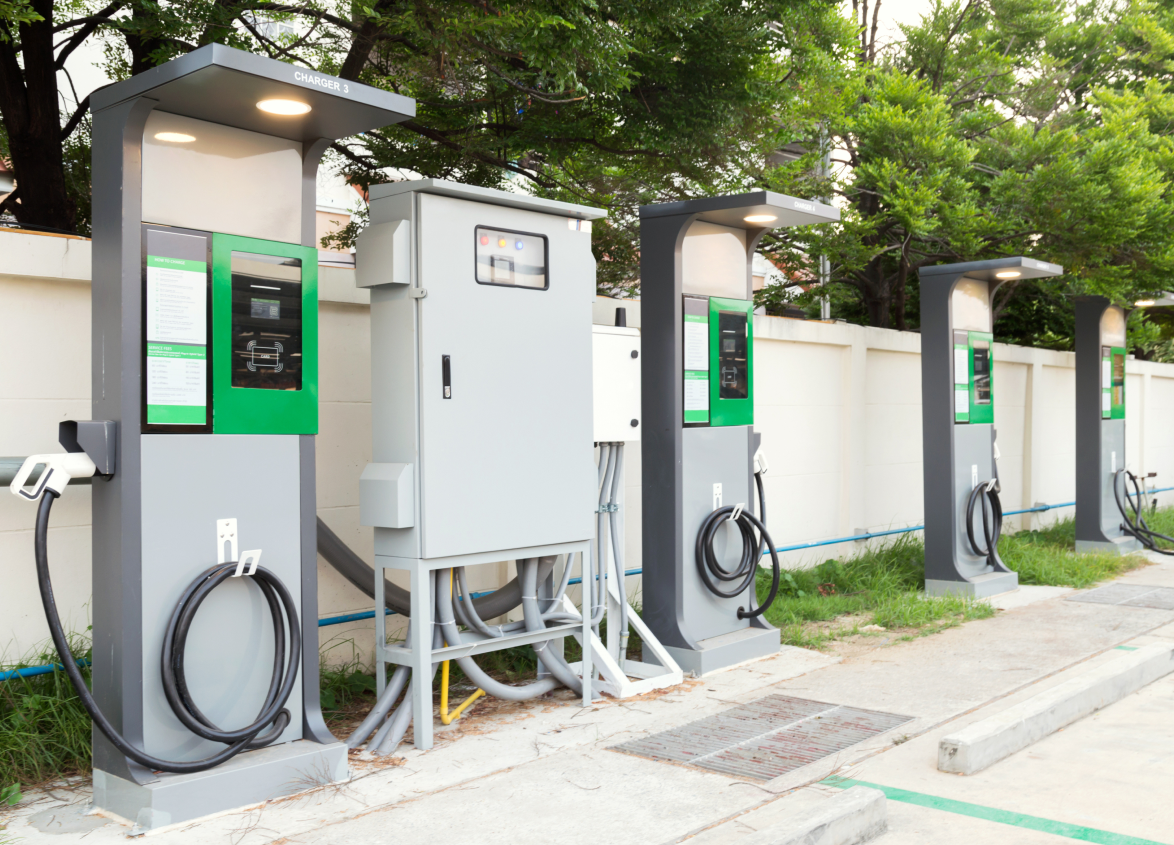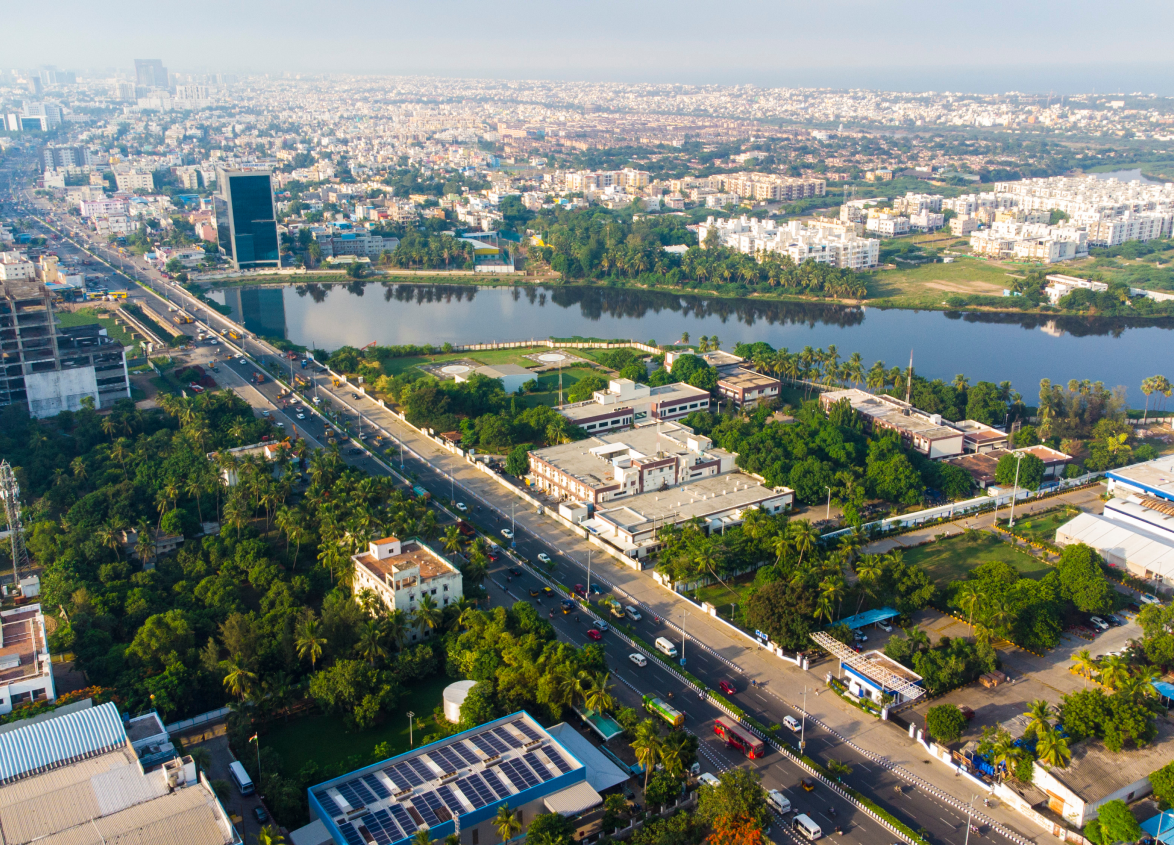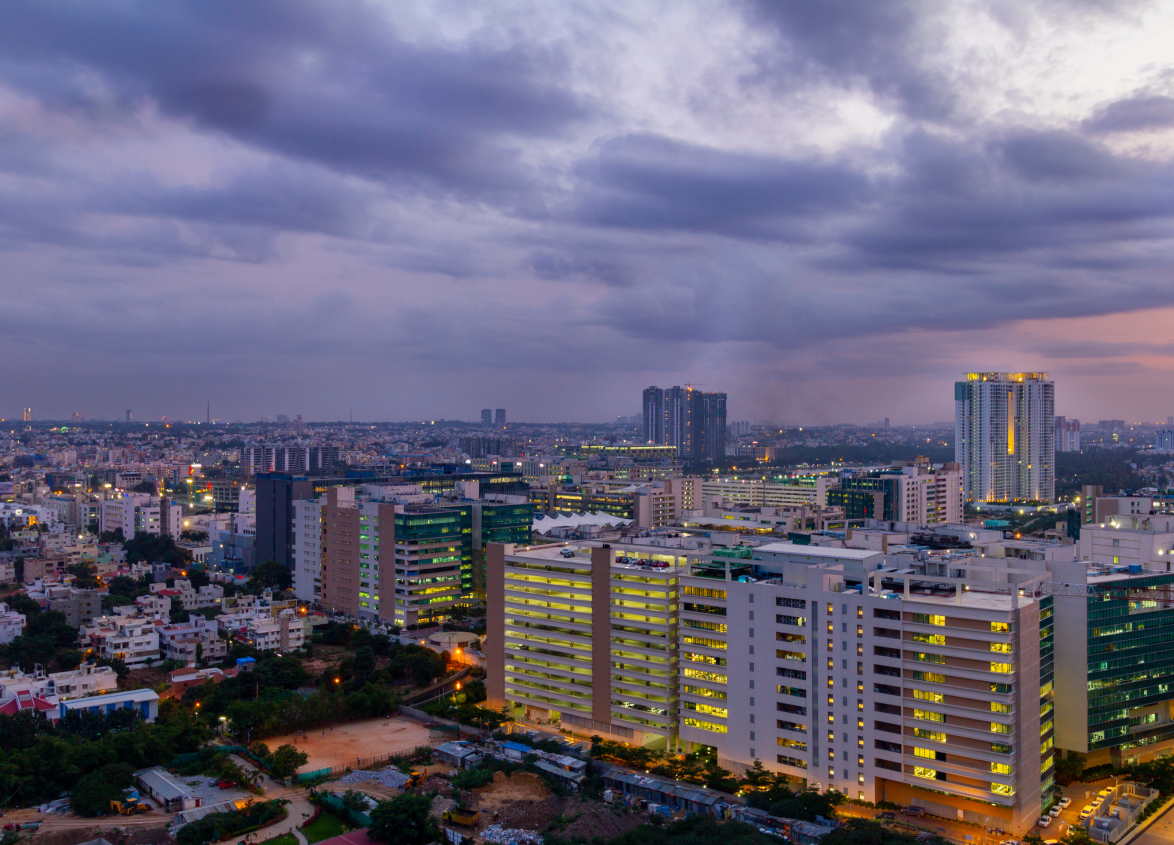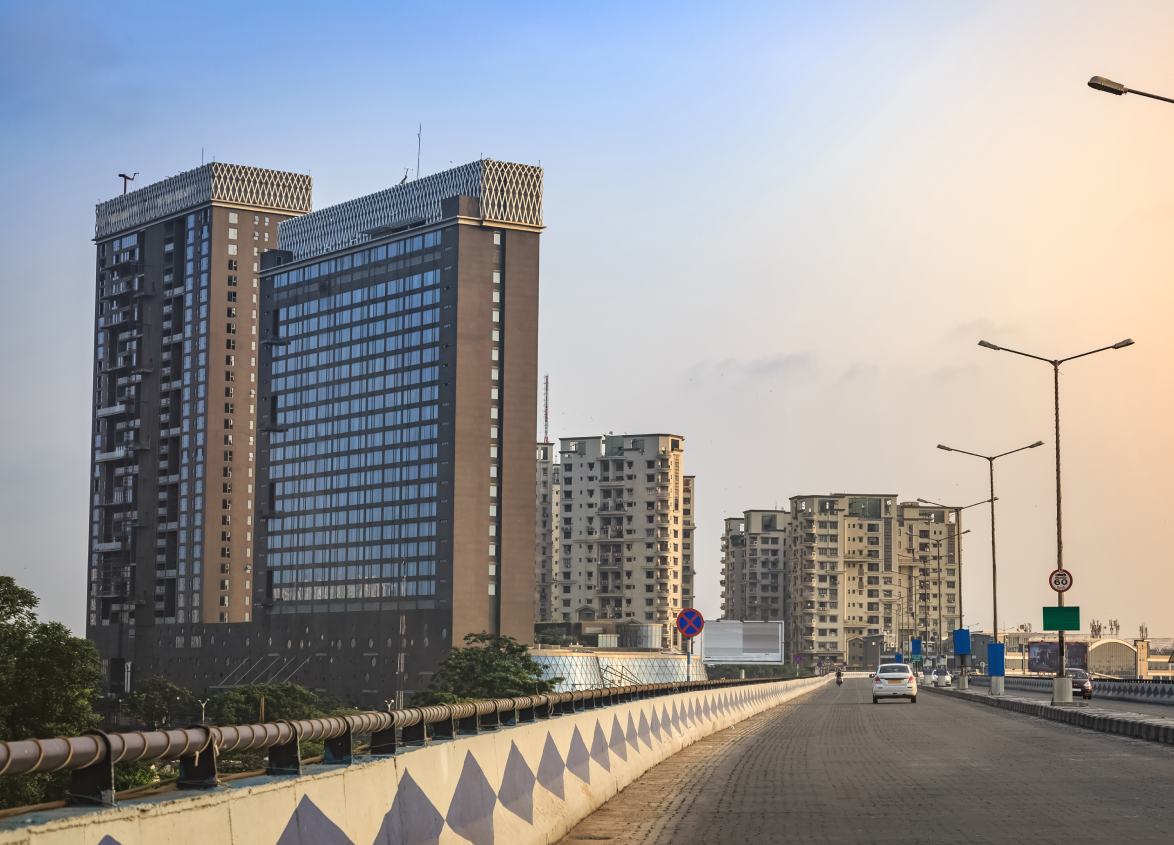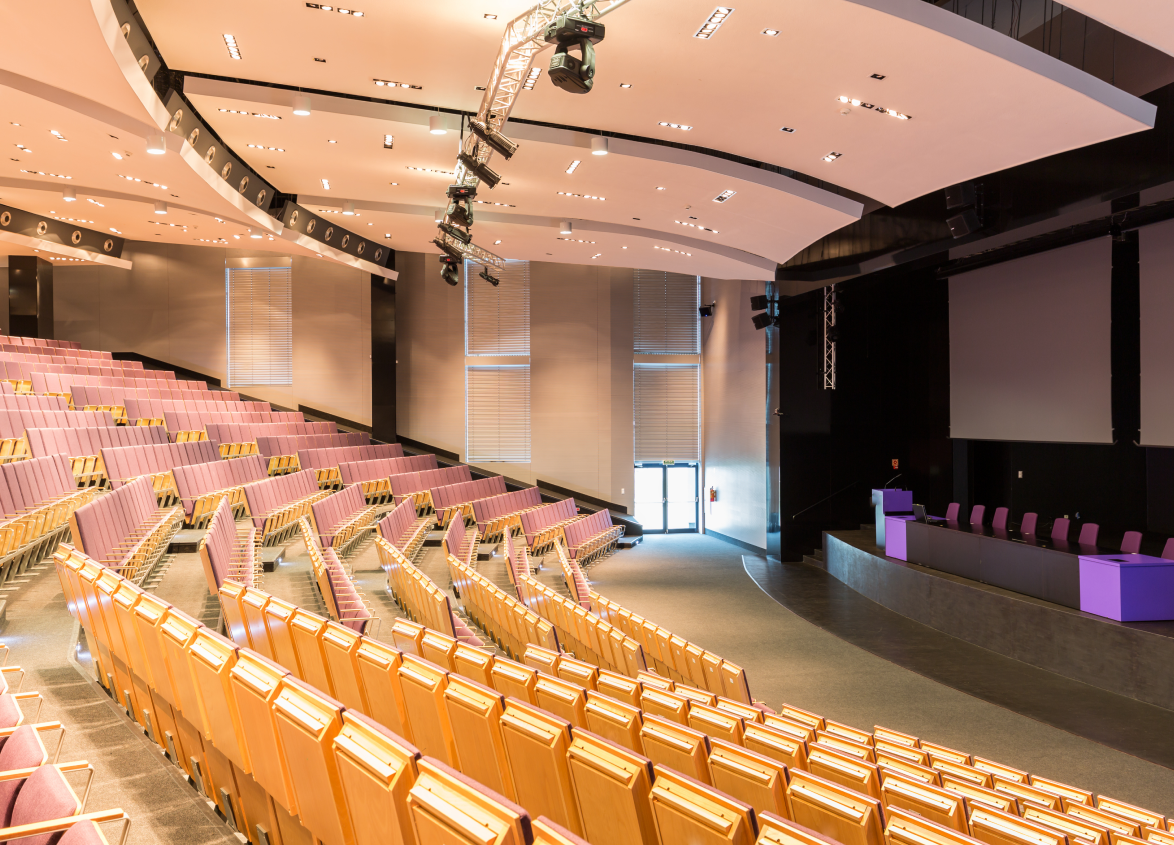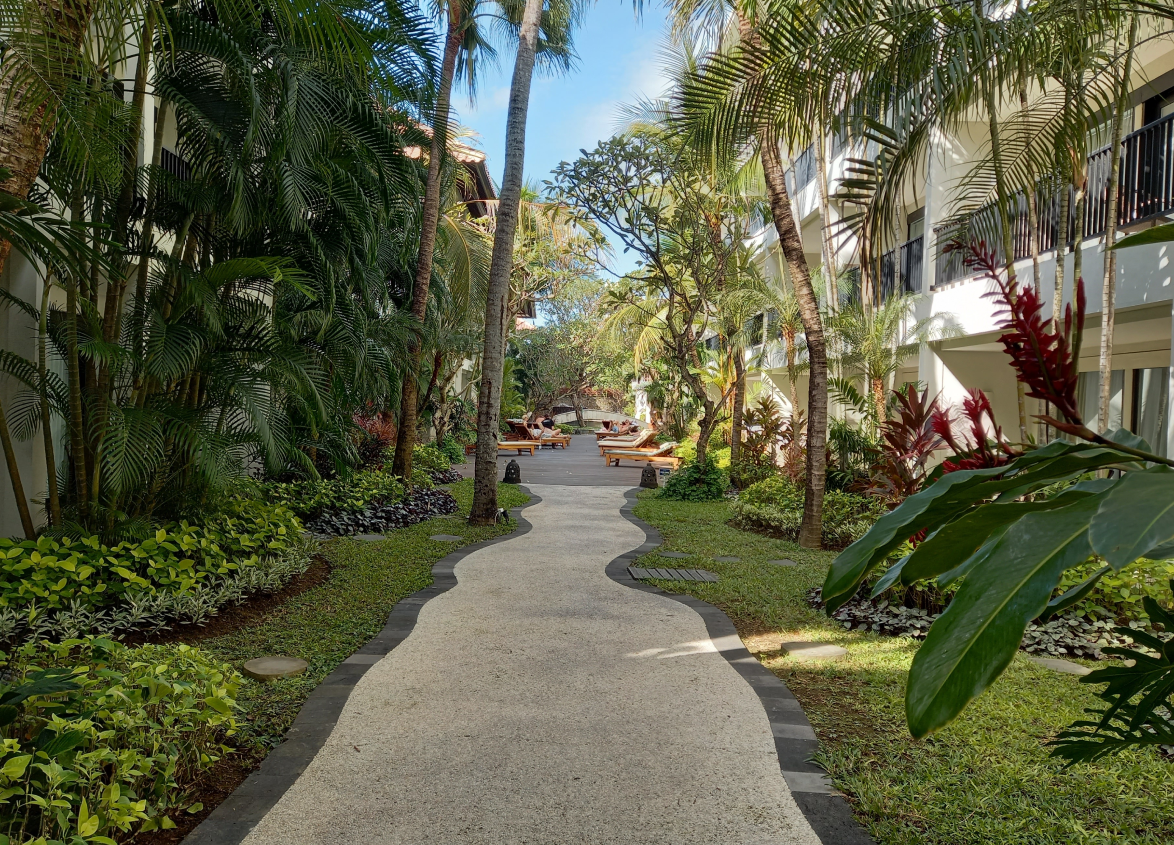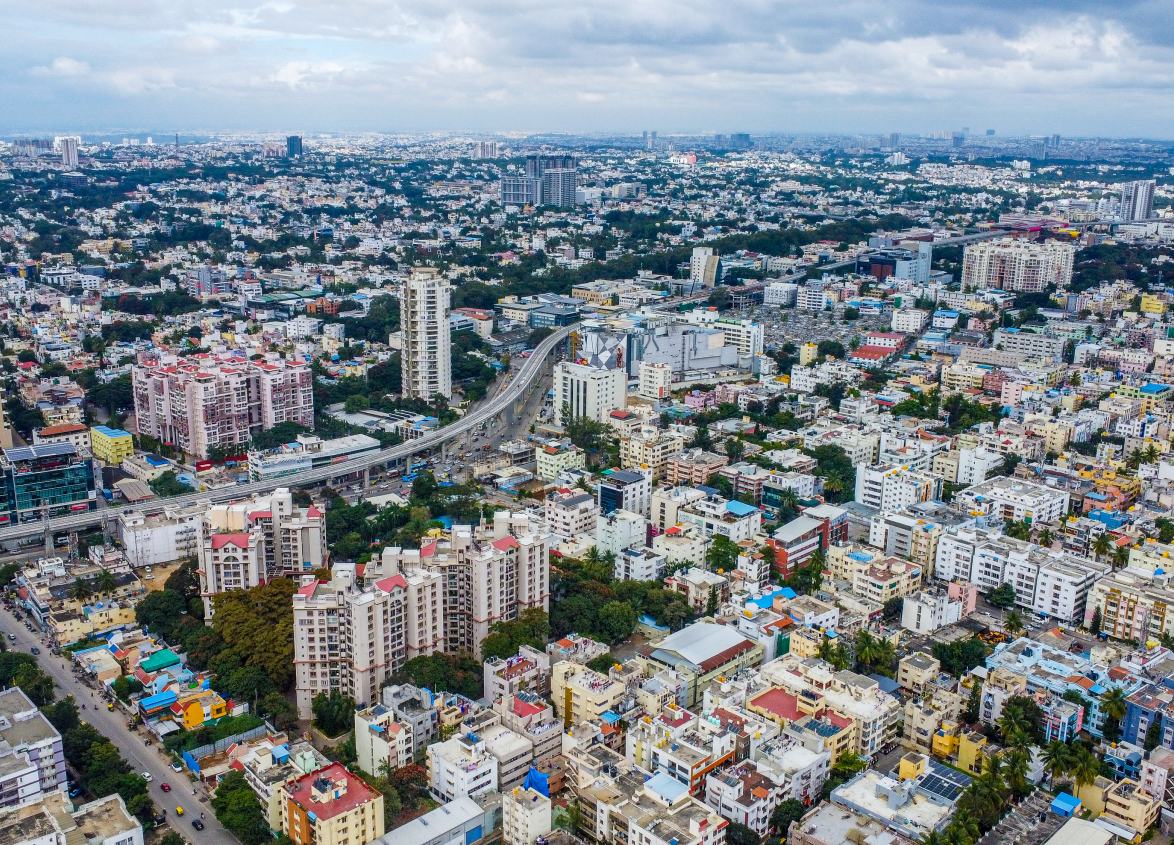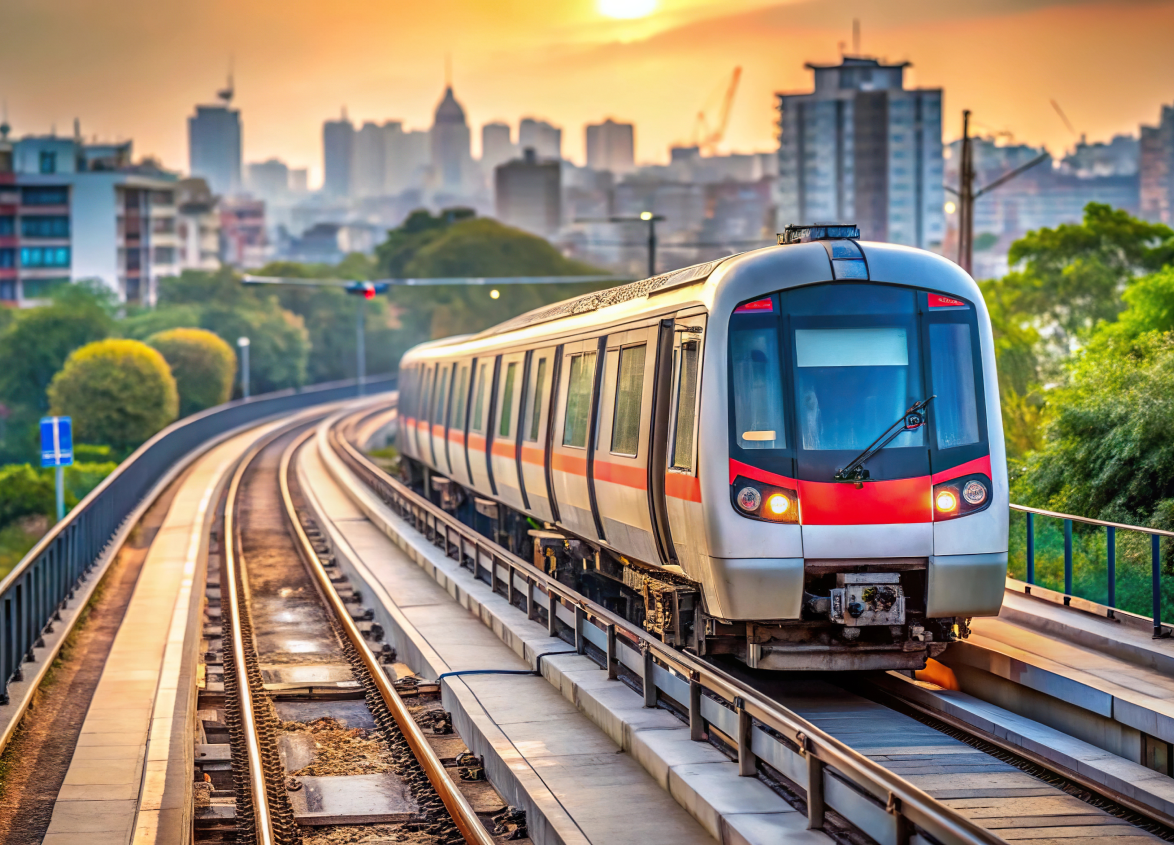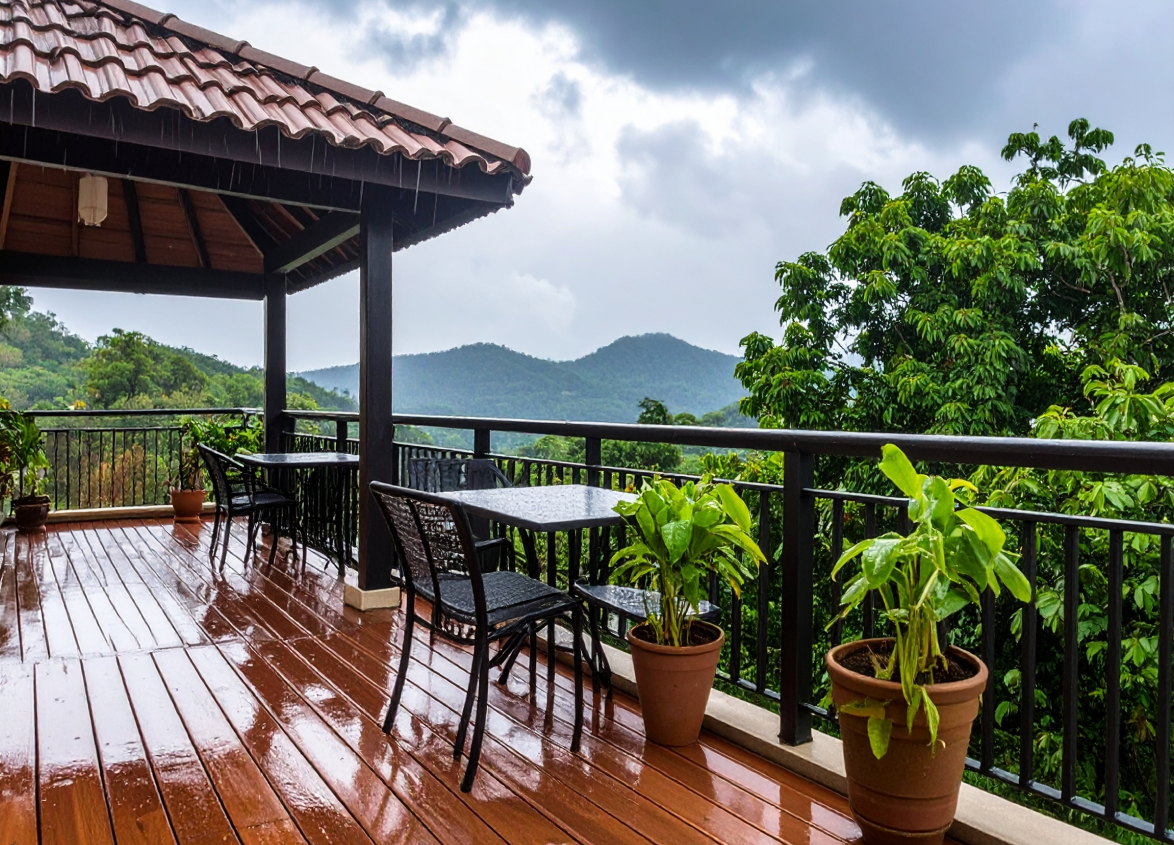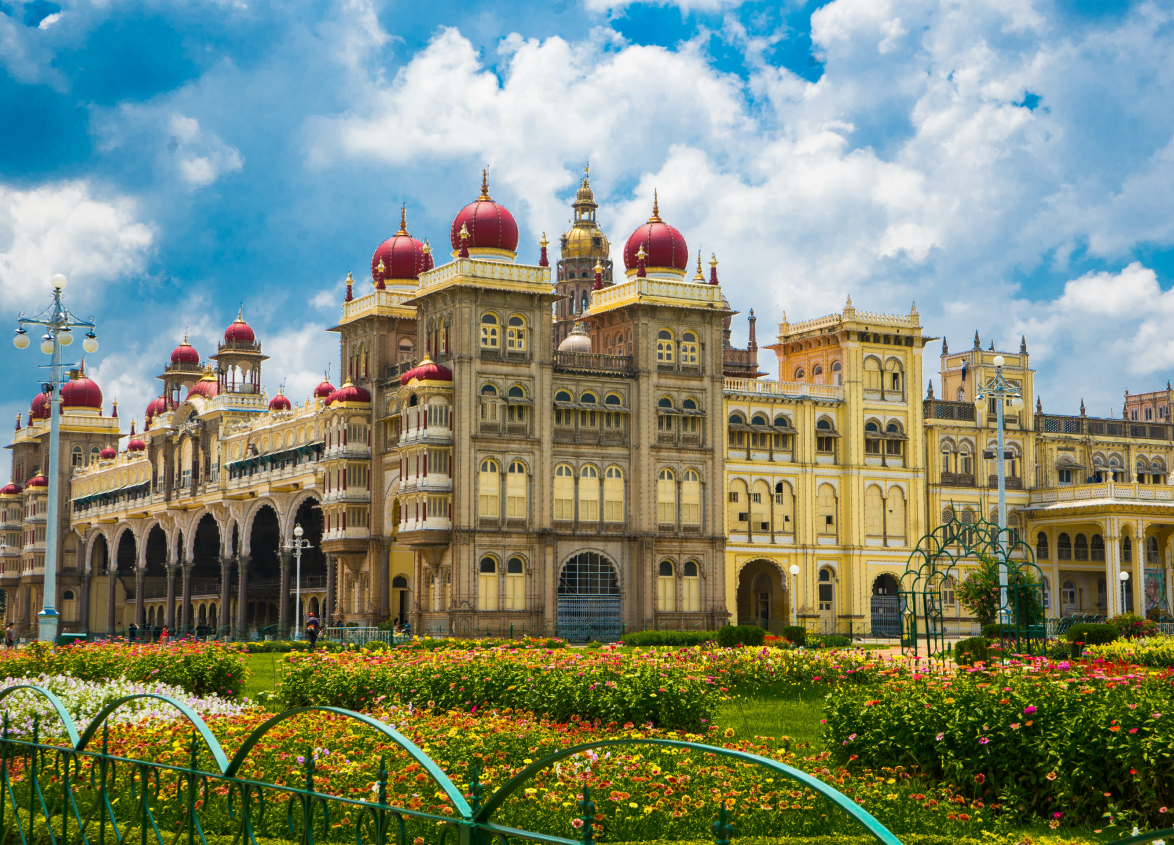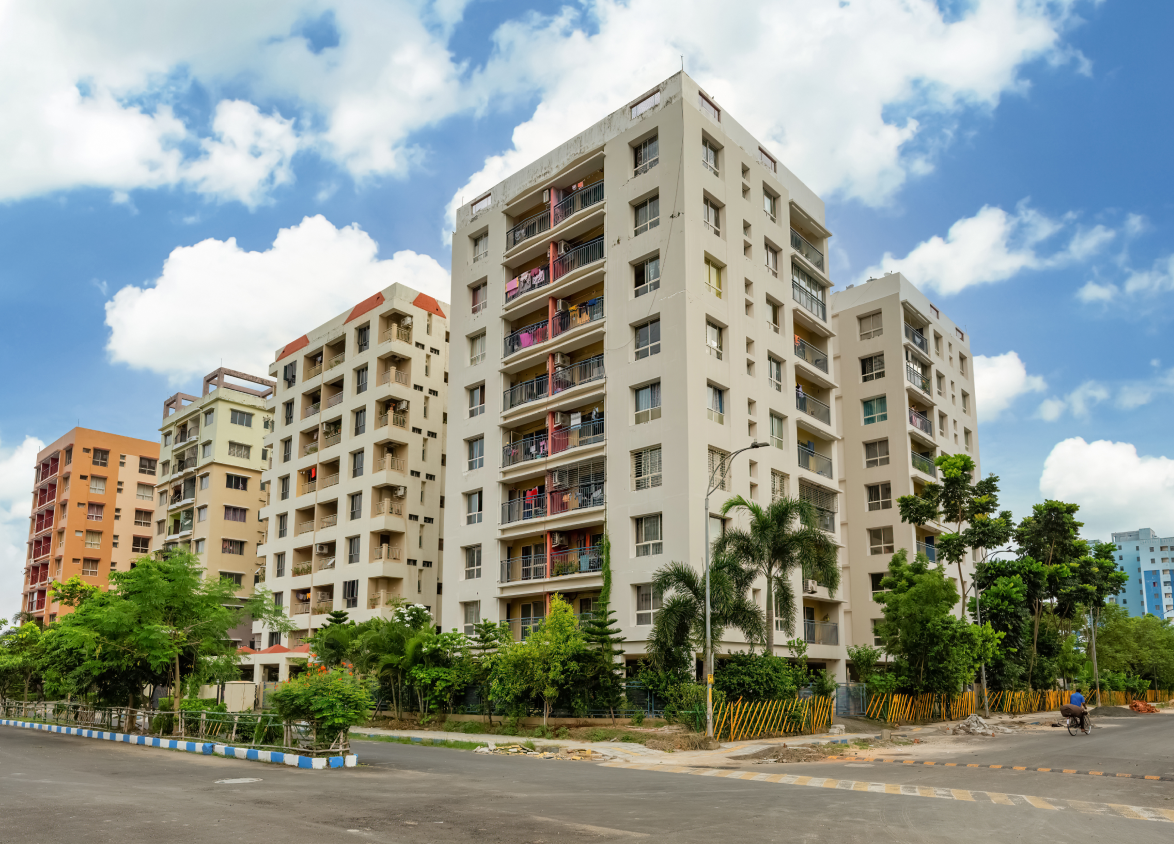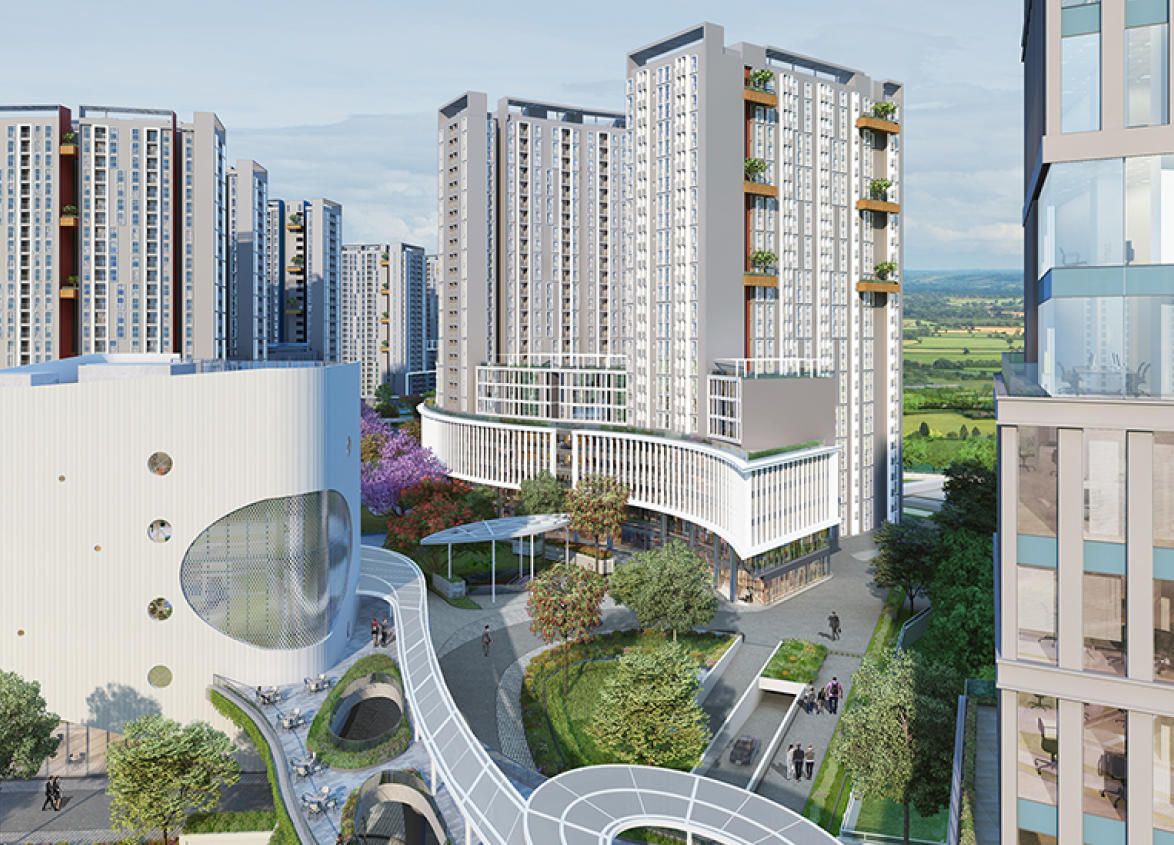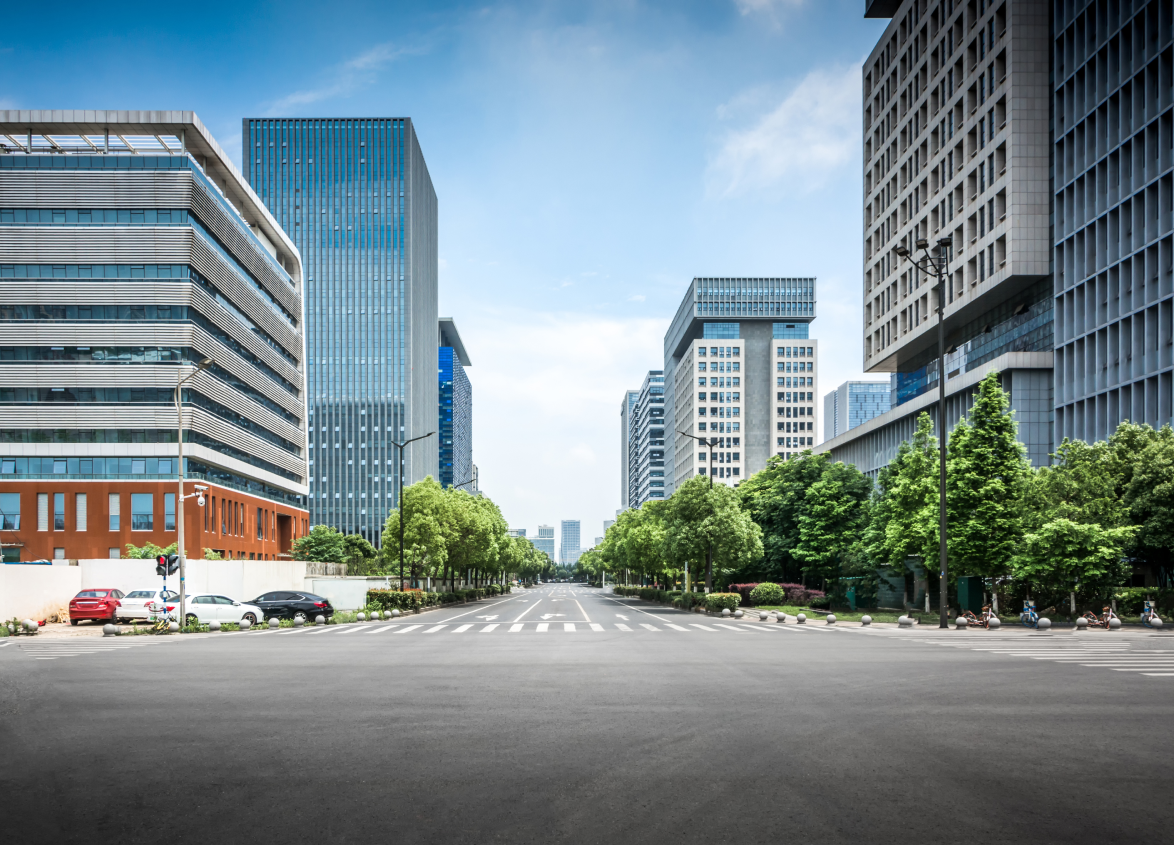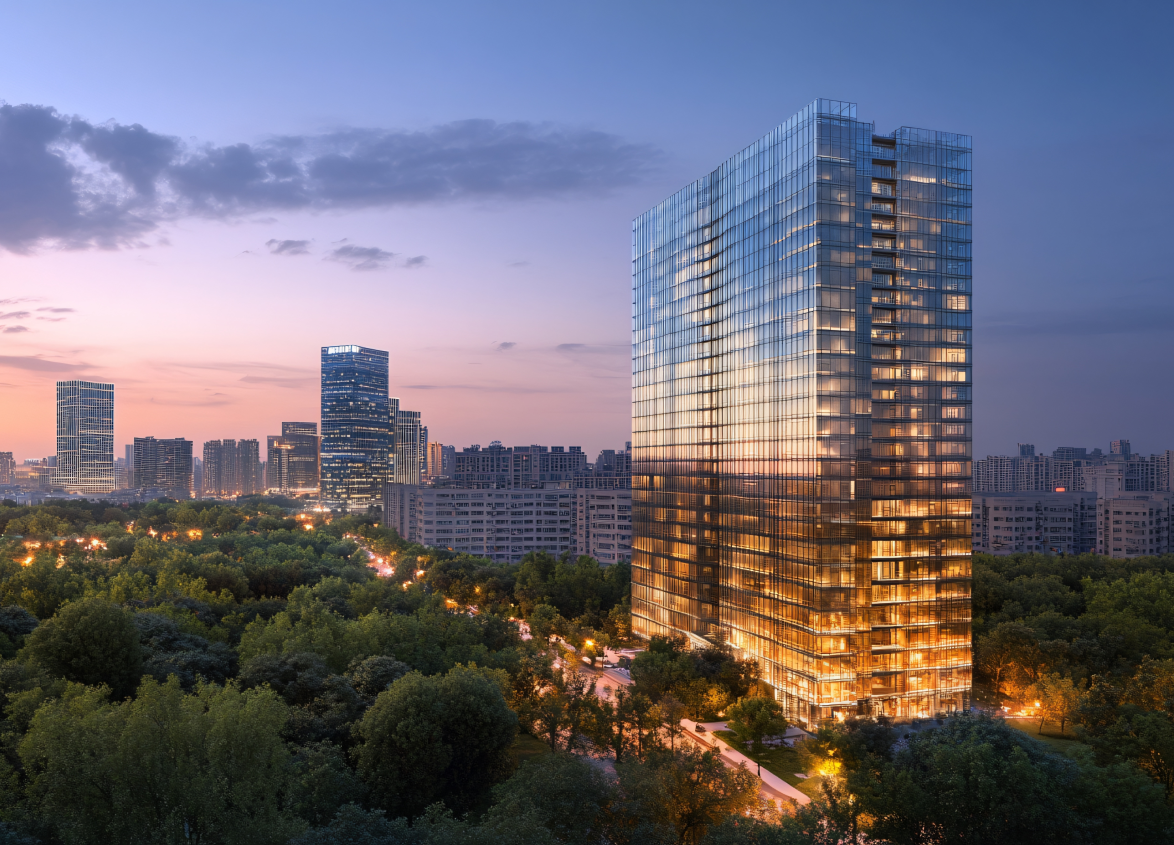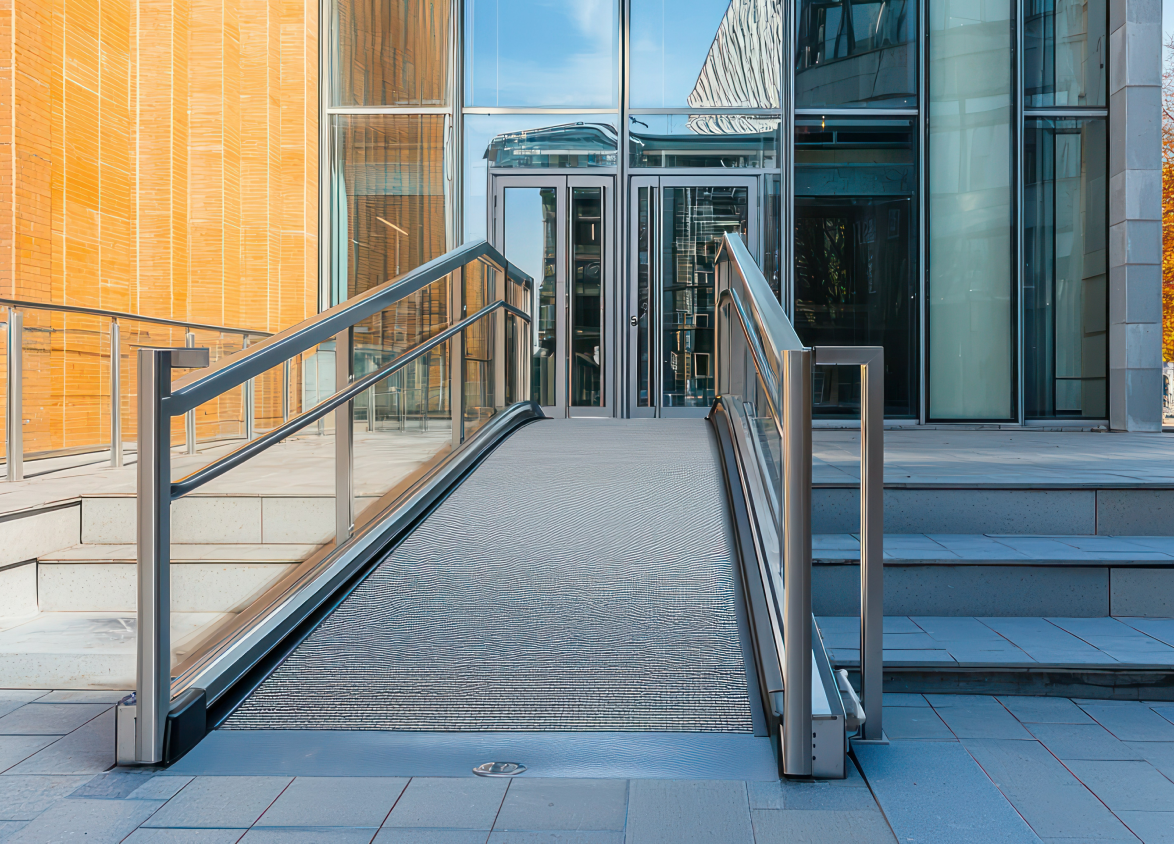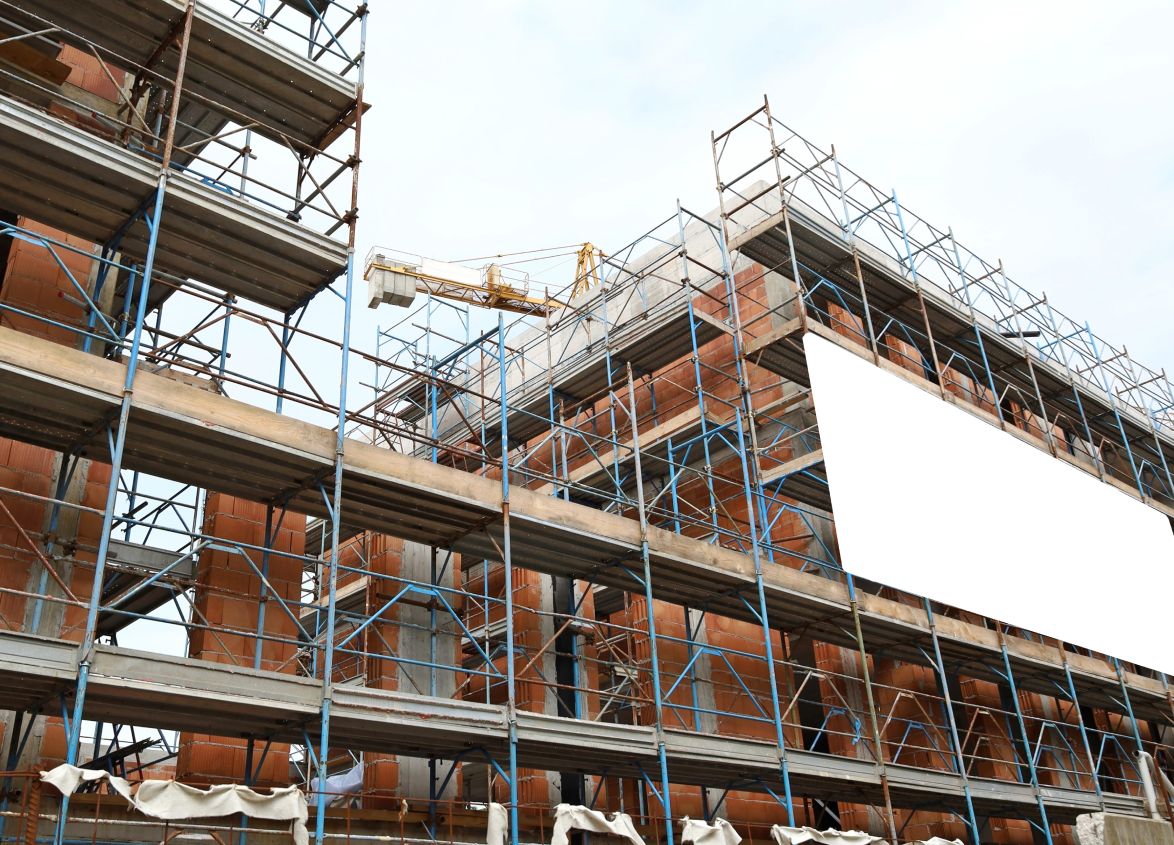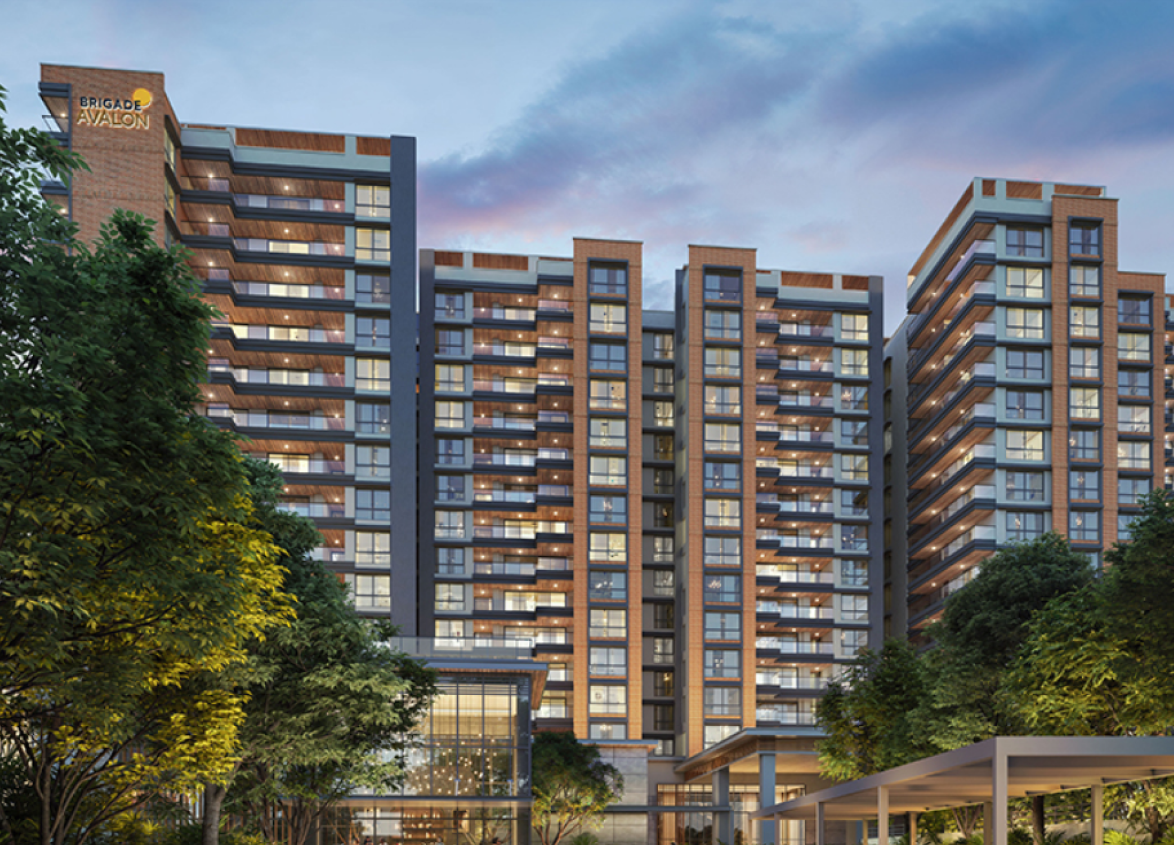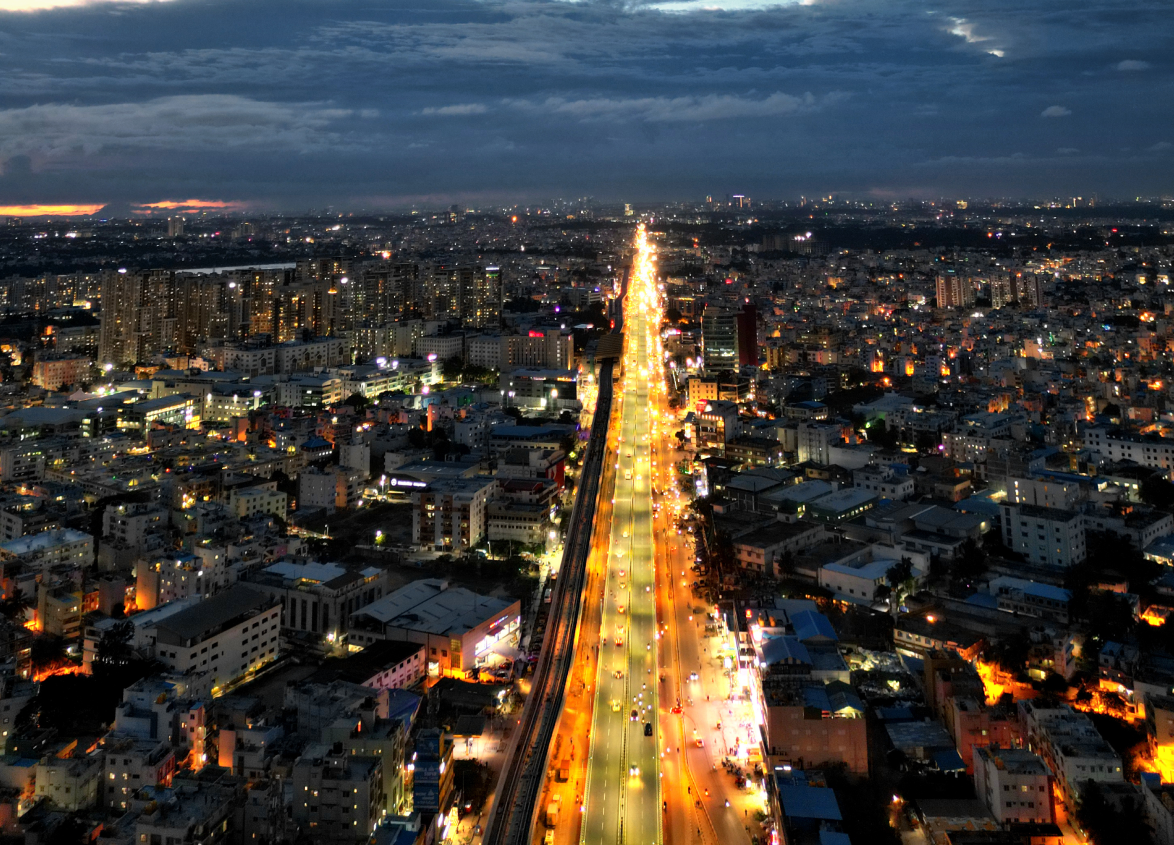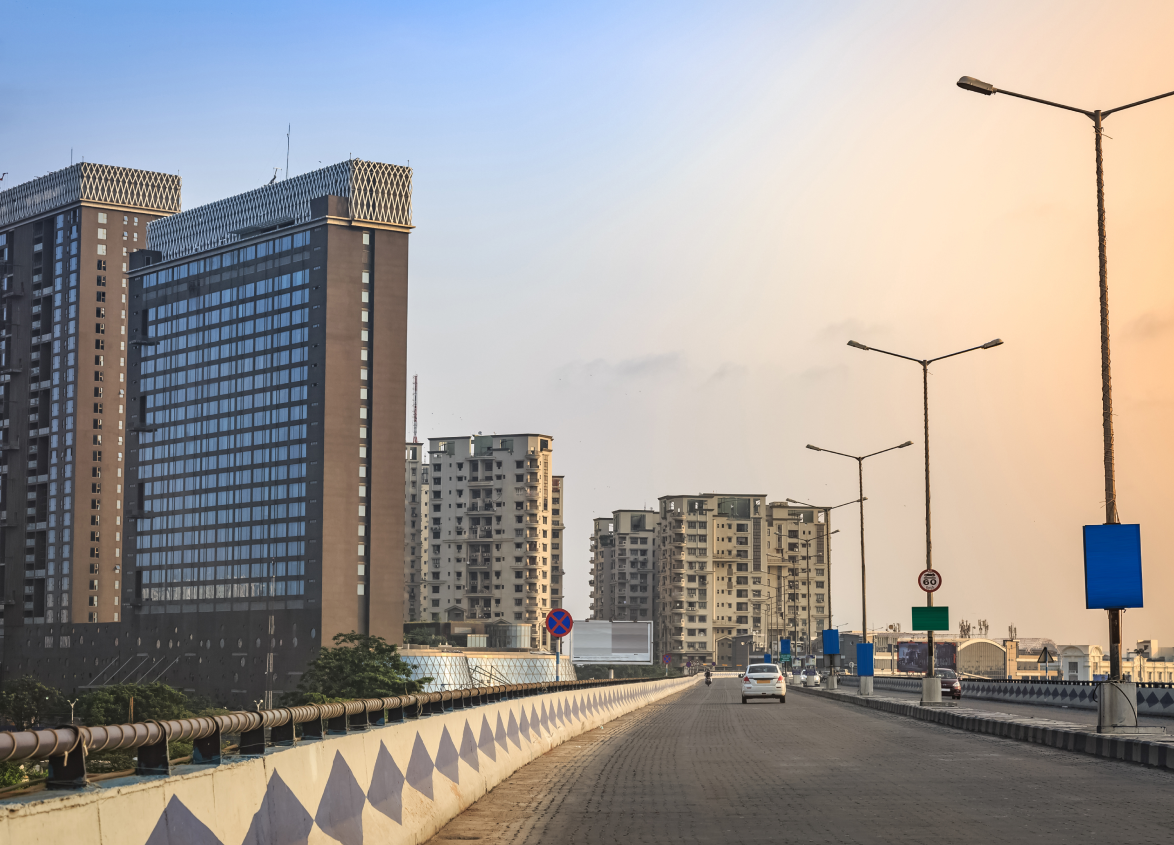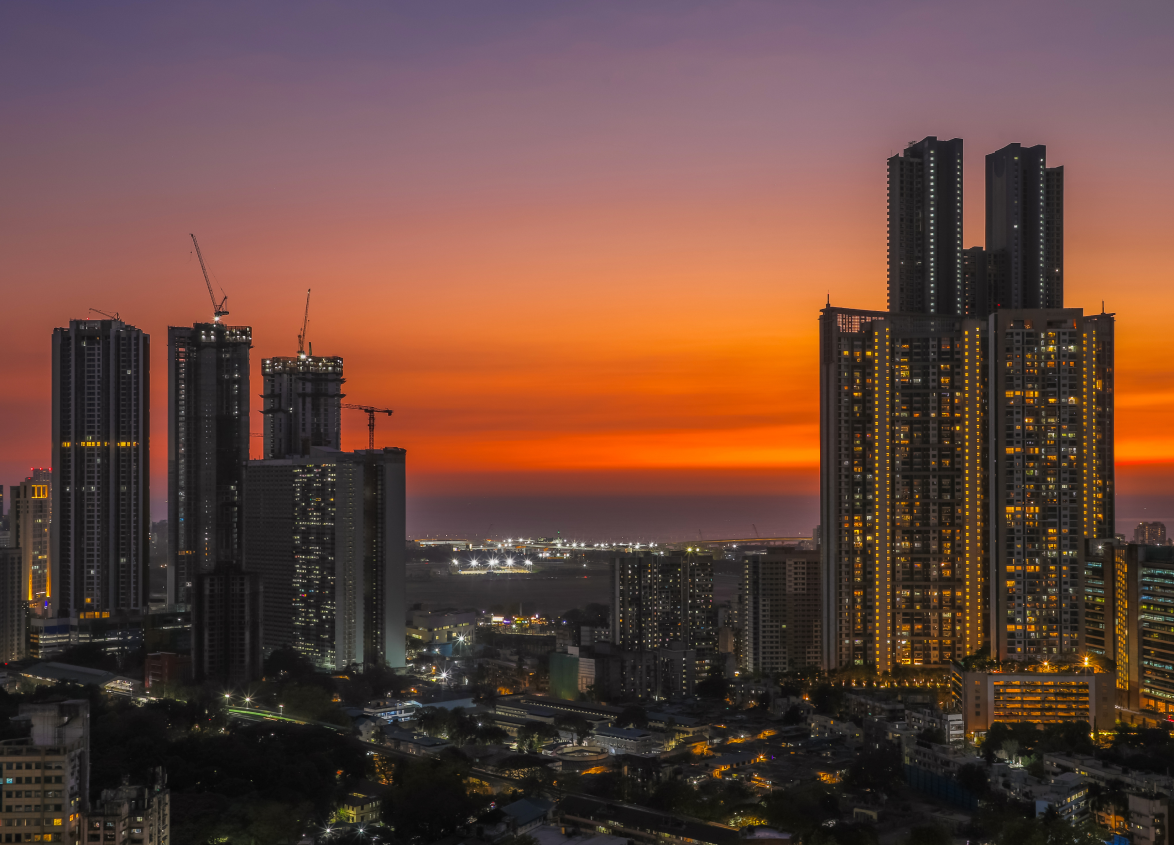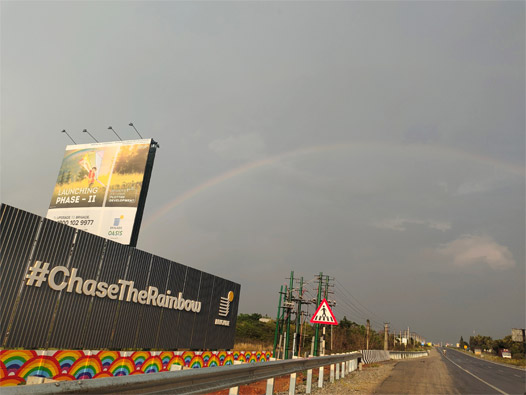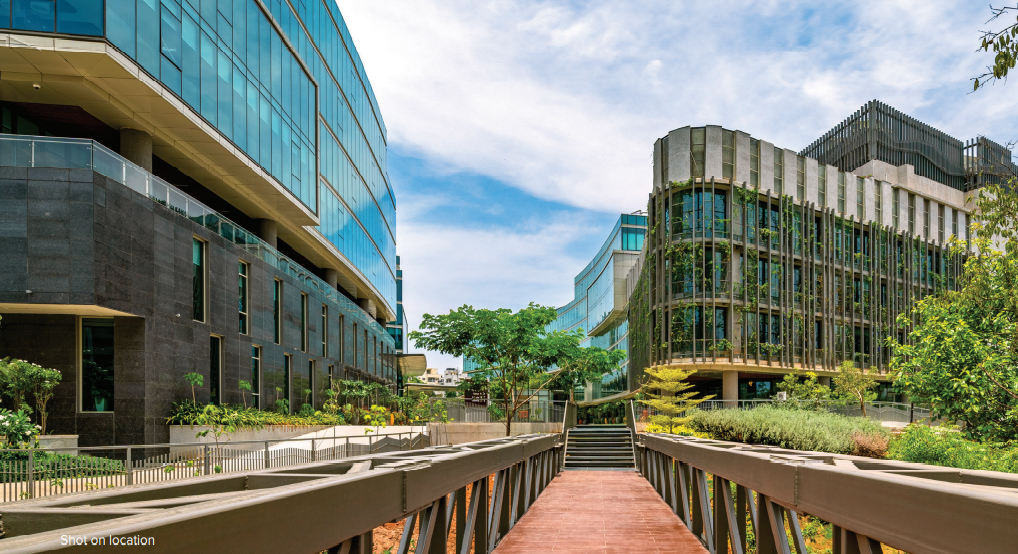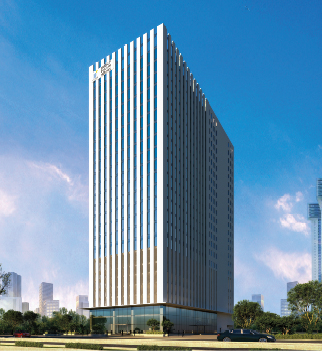
Hospitality
Why Tier-2 Cities Are Becoming India’s New Hospitality Hotspots
September 03, 2025
India’s Hospitality Landscape: The Rise of Tier-2 Cities
The hospitality landscape in India is undergoing a remarkable transformation, and at the heart of this shift are the country’s Tier-2 cities. Defined by moderate population sizes, improving infrastructure and expanding economic activity, these cities are now emerging as high-potential markets for hospitality investment.
Once overshadowed by the glamour and density of Tier-1 metros, cities like Jaipur, Kochi, Lucknow and Indore are now witnessing rapid growth in hotel demand. With rising disposable incomes, improved connectivity and evolving travel preferences, these destinations are redefining what it means to explore India.
So, what’s fuelling this rise? A mix of infrastructural development, domestic tourism momentum and affordability advantages is turning Tier-2 cities into the country’s most exciting new hospitality frontiers.
Understanding Tier-2 Cities and Their Market Potential
Tier-2 cities' hospitality in India is classified based on a blend of factors such as population (typically between one and four million), expanding infrastructure and increasing economic output. Unlike Tier-1 cities like Mumbai or Bengaluru, these urban centres offer a more balanced pace of life while steadily attracting business and leisure travellers alike.
India’s most promising Tier-2 hospitality destinations include:
- Jaipur – A year-round tourism magnet with a strong cultural heritage.
- Kochi – A thriving coastal hub blending trade, tourism and IT.
- Indore – A commercial capital of Madhya Pradesh with rising MICE demand.
- Lucknow – Witnessing government-led urban transformation and tourism.
- Mysuru – Home to a rich heritage and seasonal tourism spikes.
- Coimbatore – A manufacturing powerhouse, also emerging in the wellness and eco-tourism circuit.
- Bhubaneswar – Fast-developing as a smart city with religious and business appeal.
Recent data highlights a steady increase in tourist arrivals in these regions. For instance, Kerala’s non-metro cities alone saw nearly 10 percent year-on-year growth in domestic arrivals in 2023. Hotel occupancy rates in many Tier-2 zones are now on par with established metros during peak seasons.
Tier-2 Cities Gaining Ground:
- Kochi: Port city, growing IT and cruise tourism
- Indore: Central India’s business centre
- Lucknow: Heritage meets governance-driven growth
- Jaipur: Consistently high tourist footfall
- Mysuru: Culture, yoga and nature-centric travel
- Coimbatore: Gateway to wellness and hill tourism
- Bhubaneswar: Religious and smart city destination
Key Drivers Behind the Hospitality Boom
Improved Infrastructure and Connectivity
One of the most significant enablers of hospitality growth in Tier-2 cities in India is the improvement in physical infrastructure. New airports, upgraded railway stations and widened highways have brought these destinations closer to the traveller.
The UDAN scheme (Ude Desh ka Aam Naagrik) has played a pivotal role in enhancing regional air connectivity. Cities like Belagavi, Jabalpur and Salem now have better links with Tier-1 metros and even international airports.
Rail connectivity has also seen investment under schemes like Amrit Bharat, upgrading the passenger experience in mid-sized cities. These advances support seamless movement and create confidence for both tourists and business visitors.
Rising Domestic Tourism
Post-pandemic travel has seen a marked shift. With international trips curtailed and health-conscious travel preferences, more Indians are turning to local experiences, especially those that offer nature, culture and serenity.
This shift has turned Tier-2 cities into ideal weekend destinations and circuit tourism hotspots. From wellness retreats in Coimbatore to desert safaris near Jaisalmer and food trails in Lucknow, these cities offer variety without the stress of major metros.
The rise of digital travel platforms and influencer-driven content has also helped promote hidden gems in Tier-2 regions, drawing in millennial and Gen Z travellers who value authenticity and discovery.
Affordable Real Estate and Operational Costs
For hotel brands and developers, Tier-2 cities offer attractive entry points. Land acquisition costs are significantly lower than in metropolitan cities, allowing for larger projects or boutique formats with higher ROI.
Operational costs, including staff salaries, maintenance and marketing, are more manageable. This cost advantage allows mid-market and luxury chains to experiment with new formats and extended services.
From an investor standpoint, Tier-2 hospitality markets deliver better margins and faster breakeven potential, particularly when paired with supportive local governance and tourism policies.
Emergence of Business and IT Hubs
Another factor fuelling hotel demand is the diversification of India’s business ecosystem. Cities like Mysuru, Coimbatore and Bhubaneswar have become IT hubs and knowledge centres, thanks to new tech parks and startup activity.
As these regions host more corporate events, training programmes and offsite meetings, the demand for business hotels, serviced apartments and event-ready properties rises.
Brigade Hospitality has already tapped into this synergy in select Tier-2 cities, combining hospitality services with business-readiness in integrated locations.
Hospitality Trends in Tier-2 Cities
Tier-2 cities are not merely mirroring the metro hospitality blueprint but are creating their own trends.
Boutique Hotels and Experiential Stays
Travellers increasingly prefer properties that reflect local culture, design and storytelling. Boutique hotels in Jaipur, Mysuru and Kochi are offering curated experiences from heritage décor and guided walks to culinary immersions.
Branded Mid-Market Hotels
Chains like Lemon Tree, Ginger and Fortune are scaling up their presence across Tier-2 locations, offering reliable quality, loyalty perks and tech-enabled services at competitive prices.
Rise of Sustainable Hospitality
Green building practices and eco-conscious hospitality are gaining momentum. Properties are adopting rainwater harvesting, solar panels, plastic-free policies and organic food sourcing.
Luxury Hospitality Projects in India
particularly in Tier-2 destinations, are now weaving sustainability into their brand DNA, appealing to environmentally aware travellers and investors alike.
Entry of Luxury Chains
International brands are also recognising the potential. Taj, Marriott and Radisson have expanded into emerging towns, customising their formats for a smaller yet affluent audience that seeks privacy and high-touch service.
Benefits of Investing in Tier-2 Hospitality Markets
The upside for investors in these regions is considerable:
- Untapped markets mean first-mover advantage and brand loyalty
- Lower competition makes it easier to stand out with differentiated offerings
- Government support comes through tax incentives, subsidies and single-window approvals
- Faster growth potential as the base tourism and business numbers expand annually
These markets are no longer considered fringe. They are fast becoming core to hospitality expansion strategies.
Challenges and Risks
Despite the opportunity, hospitality operators in Tier-2 cities must navigate several hurdles:
Limited Skilled Workforce
Hospitality staff training and retention remain a concern. Brands must invest in upskilling locals and developing service standards suited to evolving traveller expectations.
Seasonal Demand Fluctuations
Some Tier-2 destinations are still seasonal in nature. Occupancy planning and pricing strategies need to account for off-peak variations.
Need for Strong Marketing
Unlike established metro markets, Tier 2 hospitality projects require significant brand-building and digital storytelling to attract foot traffic and establish visibility.
Collaborations with tourism boards, local influencers and experiential travel agencies can bridge this gap effectively.
Conclusion
India’s Tier-2 cities are stepping confidently into the spotlight, offering the perfect balance of access, affordability and appeal. Their rise as hospitality destinations in India signals a broader movement, one that values both experience and sustainability.
For hoteliers, developers and investors, these cities are more than emerging markets; they are opportunities to shape the future of travel in India.
And for travellers? They are a reminder that luxury, culture and tranquillity can often be found beyond the usual paths.
Explore our hospitality projects in emerging Tier-2 destinations.
MUST READ
Looking for something specific?
We'd be delighted to help you.





